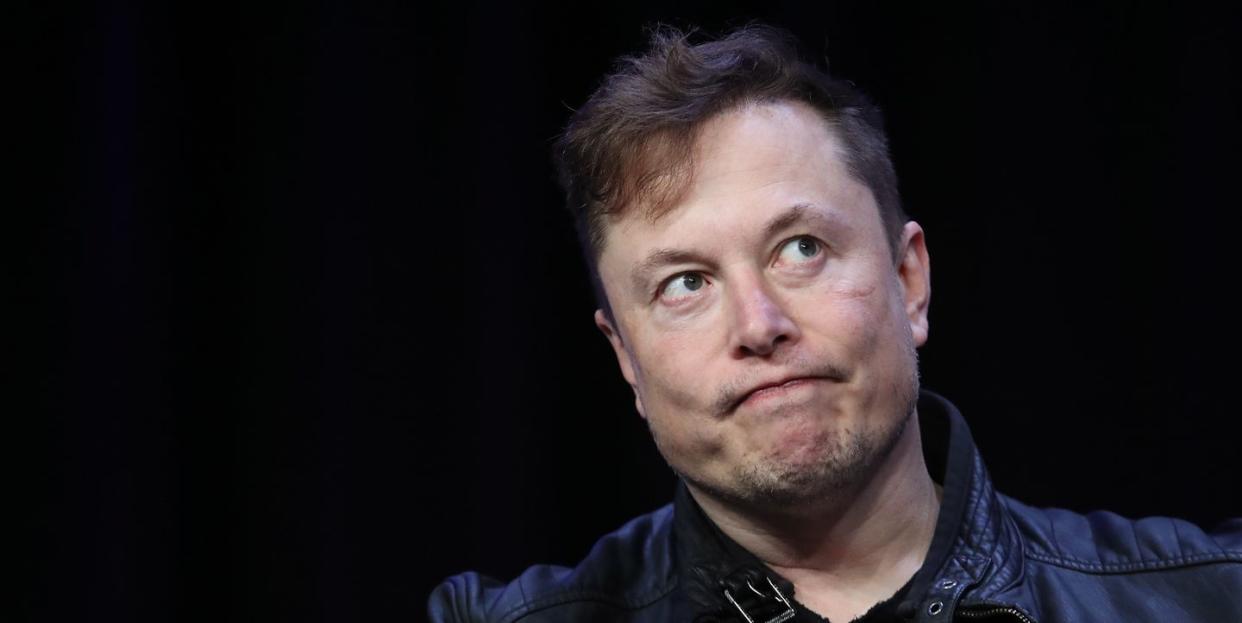Elon Musk Says His Teslas Can Be Superhuman

Elon Musk's low opinion of human drivers isn't unfounded, but it's not the whole picture either.
The rollout of autonomous cars has stalled somewhat, but the best is yet to come.
Focusing on a few poor human senses doesn't account for our well-developed holistic abilities.
Public opinion on self-driving cars cars is pretty divided, but Elon Musk is serving up hard truths about the existing supply of human drivers. As he often does, the Tesla founder recently took to Twitter to tout his autonomous tech:
Humans drive using 2 cameras on a slow gimbal & are often distracted. A Tesla with 8 cameras, radar, sonar & always being alert can definitely be superhuman.
— Elon Musk (@elonmusk) April 8, 2020
Certainly no problem for a 144 trillion operations per second computer to make ~15 steering/acceleration/braking maneuvers per second. That’s a trillion calculations between each output command.
— Elon Musk (@elonmusk) April 8, 2020
A gimbal is the mechanism that keeps devices and consumer items upright on boats. In this case, Musk is alluding to the way your eyes focus on something and stay locked on it even as you move around, especially when, combining the two notions, you watch the horizon in order to thwart seasickness. Are human drivers just flighty pairs of gyroscopes?
Musk likes to touch on talking points about how much more effective computing power and finely tuned technology can be at the individual tasks associated with driving. And when it comes to stuff you can do with a sensor or a fast calculation using a formula, he’s absolutely right. There’s no question a well-programmed machine has a reaction time that's orders of magnitude faster than any human brain.
Despite Musk’s strong feelings, however, fully autonomous cars have continued to be a bit of a pipe dream for several years now. That’s not to say they’ll never happen, but designing and building these cars seems to have proven more complex than engineers believed. (Everyone who’s worked on a software project is nodding in “project management triangle.”) And despite the lengthening timeline, since 2016, Musk has outfitted every Tesla with what he considers the requirements for autonomous driving. He’s in this for the long autonomous haul.
Inverse cites not only Musk, but also Ford’s autonomous vehicle group, which has rolled back expectations for its proposed fleet of driverless cars and suggested a much more limited application at first. And while fully autonomous vehicles are likely both possible and a reality in the longer term, Musk’s comment about the slow-moving human gimbal belies a key truth about driving: As a unified set of disparate tasks, driving uniquely highlights human senses and awareness.
That’s not to say humans have the best vision or the best reaction time—what we have on our side is a giant, heavy brain that senses patterns and full assemblages of details in ways very few other living things can, and which computer programmers have struggled to imitate. And that, too, makes intuitive sense. The human body is the result of millions of years of evolution before the human species and many thousands of years of experiential learning and shared cultural education since then.
Imagine a computer that iterated the way the human eyeball did, first as a sensor for light and growing more complex by the generation. It’s just a very different development curve than even the most brilliant people working to solve problems using technology. Musk isn’t wrong about risky human driving, but the development of autonomous features in cars so far has helped to supplement human vision and judgment with the reaction time or fast-twitch actions where we struggle.
If the ultimate goal is to reduce how human drivers cause harm with their inattention or slow reflexes, our immediate future is more like a pair of great eyeglasses than a full robot suit.
You Might Also Like

 Yahoo News
Yahoo News 
